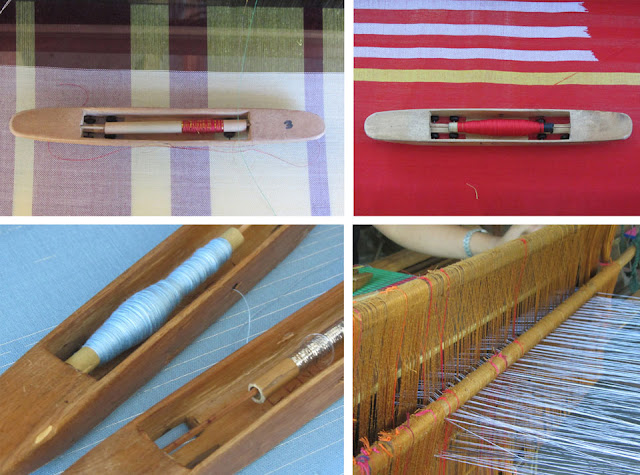Save the Philippine Eagle
This is one reason why eagles are becoming extinct, apart from the other cause which is degradation of its habitat – the forest.
But, breeders at the Philippine Eagle Foundation know how to deal with these monogamous eagles. They provide a ‘husband’ with whom these huge birds can identify with.
This ‘husband’ is Mang Poroy.
When a Philippine Eagle (Pithecophaga jefferyi) is ready to breed, Mang Poroy injects the female with a male eagle’s semen. Since the female thinks Mang Poroy is her mate, she readily agrees. Otherwise, she’ll strike at him.
Through this method called “in vitro fertilization”, more and more eagles are being bred at the foundation.
It was in 1987 when the project to boost the eagle population started. Finally, in 1992, the first two Philippine Eagles were hatched and bred in captivity.
The birth of Pag-asa and Pagkakaisa led to an outpouring of support to the foundation’s cause. More companies donated huge sums of money in order to adopt a particular eagle.
Some of them are: Dole that adopted Kapayapaan, the Natividad Galang Fajardo Foundation that adopted Aling Naty, Marco Polo Davao for Marikit, Pilipinas Shell for Magiting, Airlift Asia Charity Foundation for Gloria Victoria, Minh Yen Nguyen and Jennifer Leynes for Pagkakaisa and the Fil Am Council of Presidents for Kalayaan, among others.
Ordinary visitors to the foundation can also donate and in return, their names will be carved on the slabs at the footwalk.
The PEF’s center houses 36 Philippine Eagles, 18 of which are captive-bred; 10 bird species, four mammal species and two reptile species.
The center stimulates a rainforest environment. It also has exhibits that educate visitors about conservation.
All these efforts stem from the foundation’s belief that the fate of the Philippine Eagle, the environment’s health and our life’s balance are linked. Their rationale is this: If our forests are unable to meet the needs of the Philippine eagle, what more the needs of millions of Filipinos who rely on the forest for food, medicine, shelter and protection from floods, landslides and other calamities?
GETTING THERE
Cebu Pacific now has a direct flight to Davao from Iloilo City.
Once in Davao City, take a bus going to Calinan. Buses depart every 15 minutes from the Annil Terminal located at corner Quirino and San Pedro Extension. Bus fare is at P30. From Calinan, take a pedicab going to the PEC. The ride is about 10 minutes. The fare is P6.
Before entering the PEC premises, the Davao City Water District will collect an entrance fee of P5 for adults and P3 for kids.
PEC entrance costs P50 for adults and P30 for youth, 18 years old and below. Tour guiding and the use of kiosks are free of charge.
The proceeds from the entrance fees are used to support the conservation actions of the PEF.
Tourists can also choose to listen to lectures about the foundation and its programs, the conservation and breeding program, captive breeding techniques, among others.* (Marie Katherine Villalon/The News Today, October 21, 2011 issue)





